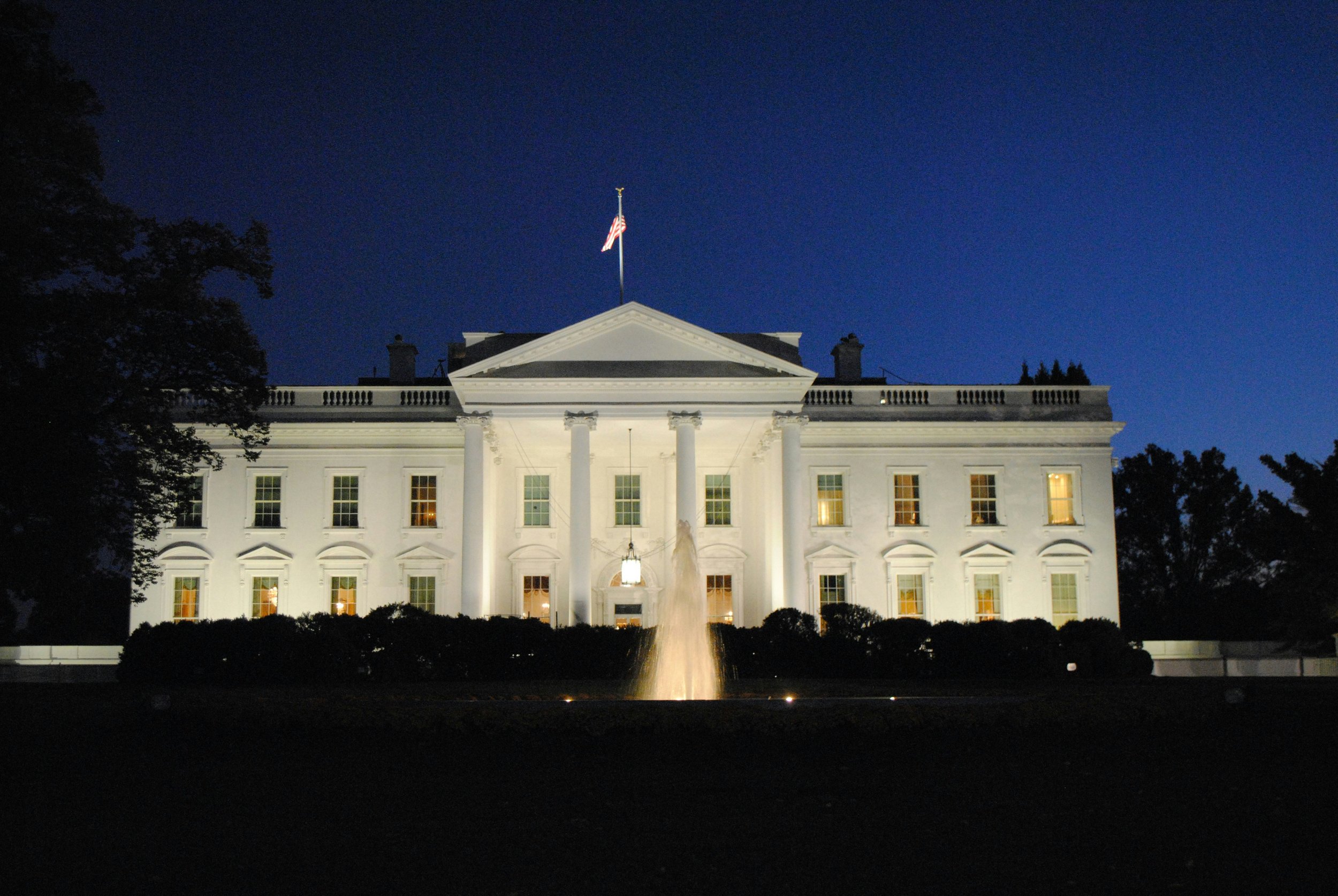Harris or Trump: Who Will Shine Brighter for the Solar Industry?
The solar industry, a crucial player in America’s renewable energy future, has become a central topic in the 2024 presidential race. Both Vice President Kamala Harris and former President Donald Trump have outlined their visions for America's energy landscape, each offering different paths for the solar industry. With renewable energy goals and climate change concerns taking center stage, the policies they propose could shape the trajectory of solar in the U.S. for decades to come.
Here’s a breakdown of each candidate’s approach, and how these might impact the solar industry in terms of federal support, incentives, and regulatory framework.
Kamala Harris: Expanding Federal Investment and Infrastructure
Kamala Harris proposes an ambitious plan to expand federal investment in renewable energy, particularly focusing on solar as a major component of a sustainable energy economy. Her policy includes heightened subsidies for solar companies, as well as incentives for households and businesses, aiming to make solar energy more affordable and accessible across the nation. Harris’ plan also allocates funding for research and development to improve solar panel efficiency and expand battery storage technology.
Pros:
Strong Federal Support: Harris' plan could make solar energy financially accessible by increasing subsidies and tax incentives for both producers and consumers.
Innovation in Technology: By investing in R&D, her plan encourages advancements in solar efficiency and battery storage, which are key to maximizing solar energy’s potential.
Job Growth in Green Energy: Workforce initiatives tied to her policy would emphasize green energy job training, particularly in communities transitioning away from fossil fuel industries, potentially creating thousands of well-paying jobs.
Cons:
Budgetary Concerns: Significant federal spending on renewable energy subsidies could add strain to the federal budget, raising concerns about fiscal sustainability.
Regulatory Challenges: Large-scale policy shifts often require time to move through Congress, especially with potential pushback from traditional energy sectors.
Donald Trump: Market-Driven Incentives and Deregulation
Donald Trump’s policy approach takes a market-driven angle, advocating for tax incentives for solar companies and encouraging private sector-led growth. His plan emphasizes reducing regulatory barriers to solar project installation, such as streamlining zoning and permitting requirements. Trump’s policies aim to encourage solar energy adoption by removing bureaucratic roadblocks and leveraging the flexibility of private industry.
Pros:
Private Sector Empowerment: By focusing on tax breaks, Trump’s policy could allow solar companies the flexibility to expand with minimal government intervention.
Faster Project Timelines: Reducing bureaucratic requirements could help accelerate project installations and decrease compliance-related costs, benefiting both solar companies and consumers.
State Control: Trump’s approach to energy policy would give states more control, allowing regions to pursue solar at their own pace, which could lead to more tailored solutions.
Cons:
Uneven Growth: Without federal oversight, some states might lag in adopting solar initiatives, leading to an uneven national landscape.
Market Volatility Risks: Reliance on tax incentives and private investment could mean fluctuations based on market conditions, impacting consistent growth for the solar sector.
Which Approach Better Supports the Solar Industry?
Both candidates present strong yet distinct paths forward for the U.S. solar industry. Kamala Harris’ strategy might provide a stable foundation for the industry by increasing federal support, benefiting consumers and producers alike. However, her approach could come at a high financial cost. Donald Trump’s market-focused incentives offer flexibility and faster deployment, though they may lack the oversight needed to ensure balanced growth nationwide.
In the end, the solar industry may benefit most from a blend of both approaches, combining federal support for long-term stability with the private sector’s agility to adapt and grow. Regardless of the election outcome, here at 64Solar, we believe all signs point to more expensive energy is in your future. And the benefits now extended around solar are not guaranteed. We know a successful solar future for the U.S. will likely require both public and private collaboration to meet ambitious renewable energy goals. Now’s the time to build a solution that benefits from both.
Please email us or call (855) 786-3329 to set up a free onsite solar consultation if you believe the future can and should be bright.
Further resources:
U.S. Department of the Interior
Carbon Brief


